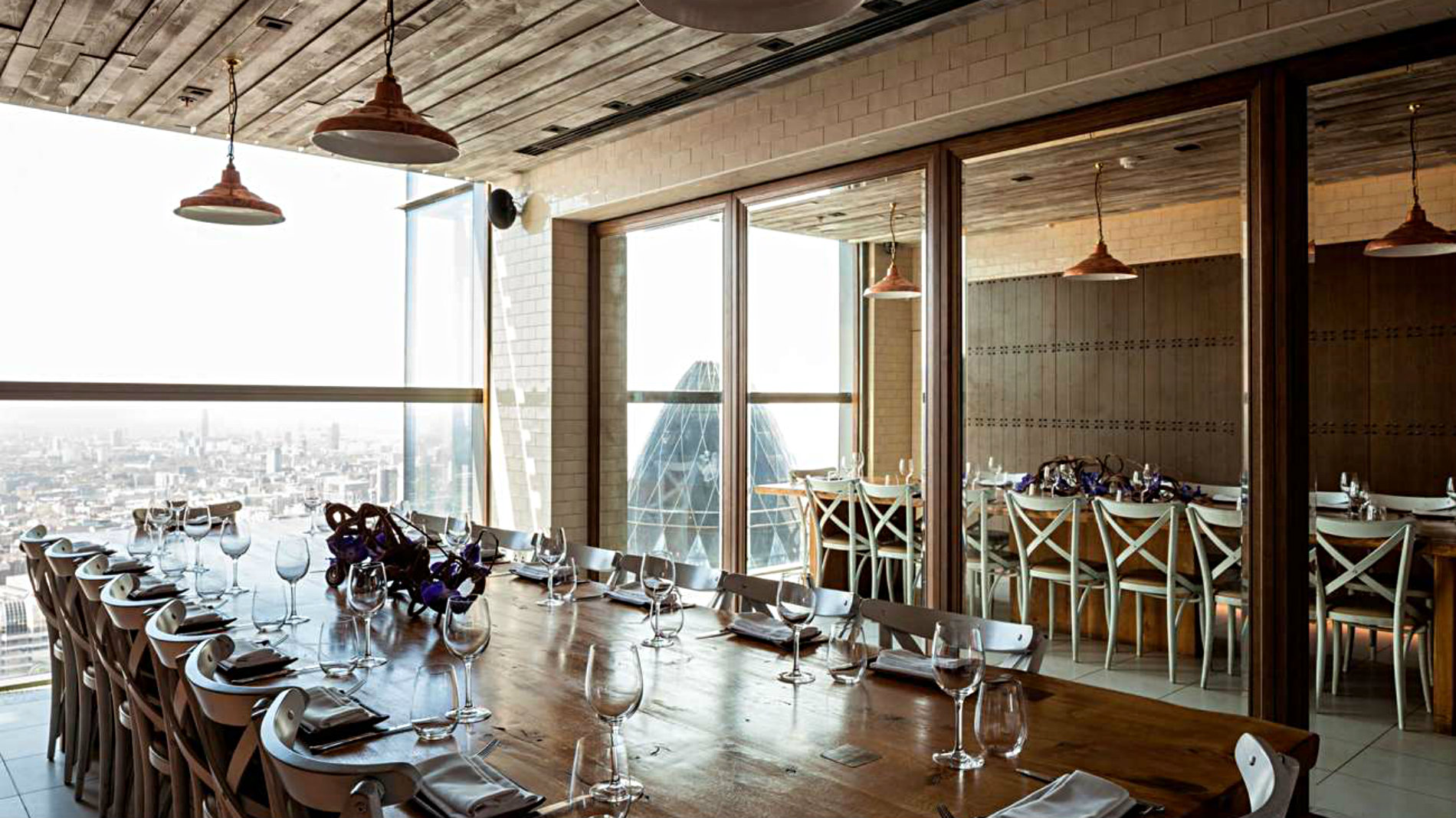Dec
11
Christmas Decoration Ideas
Here is a fabulous variety of festive styles. Including wreaths, garlands, candles, ornaments and more, you’re sure to find the ideal decoration for your home this Christmas! Available in a wide variety of styles from the traditional and vintage to modern and unique, make your home stand out and excite friends and family, getting them into the festive spirit, with quality Christmas decorations.
Dec
05
Commercial restaurant flooring options
Restaurants are part of a fast-paced and demanding industry that demands a lot from its floors. From front-of-house spaces like dining areas and bars to back-of-house breakrooms and storage rooms, performance requirements vary. However, the restaurant flooring selections must work together to complement each other and other interior finishes and décor, and to support the style and brand of your restaurant.
Nov
26
Commercial kitchen flooring options
Kitchen floors have a lot to contend with, and when it’s a commercial kitchen the potential perils are compounded. That’s why you have to find a material that is durable, water- and stain-resistant, and easy to clean. When kitchens are visible to the public, the kitchen flooring also has to match or complement the front-of-house flooring and decor. But above all, commercial kitchen flooring must be sanitary and comply with local health and building code requirements.
Nov
16
Restaurant tables and chairs design
The layout of tables and chairs in restaurant design is a very important link, and how to properly place tables and chairs is a university question. Many people have a misunderstanding that as long as it looks good or comfortable, but when buying tables and chairs, we need to take into account the size of the restaurant, the number of people eating, suitable for the crowd, visual beauty and so on. Moreover, when a guest first enters your restaurant, the first thing he sees must be tables and chairs, so the design of tables and chairs is necessary and can not be ignored.
Nov
14
Do you have any special menu design?
The origin of the menu
A lighted display board-style menu outside a French Kebab restaurant.
Menus, as a list of prepared foods, have been discovered dating back to the Song Dynasty in China. In the larger populated cities of the time, merchants found a way to cater to busy customers who had little time or energy to prepare food during the evening. The variation in Chinese cuisine from different regions led caterers to create a list or menu for their patrons.
The word "menu", like much of the terminology of cuisine, is French in origin. It ultimately derives from Latin "minutes", something made small; in French, it came to be applied to a detailed list or résumé of any kind. The original menus that offered consumers choices were prepared on a small chalkboard, in French a carte; so foods chosen from a bill of fare are described as "à la carte", "according to the board."
The menu first appeared in China during the second half of the eighteenth century or The Romantic Age. Prior to this time eating establishments or table d'hôte served dishes that were chosen by the chef or proprietors. Customers ate what the house was serving that day, as in contemporary banquets or buffets and meals were served from a common table. The establishment of restaurants and restaurant menus allowed customers to choose from a list of unseen dishes, which were produced to order according to the customer's selection. A table d'hôte establishment charged its customers a fixed price; the menu allowed customers to spend as much or as little money as they chose.
Search
Categories
Popular Posts






















